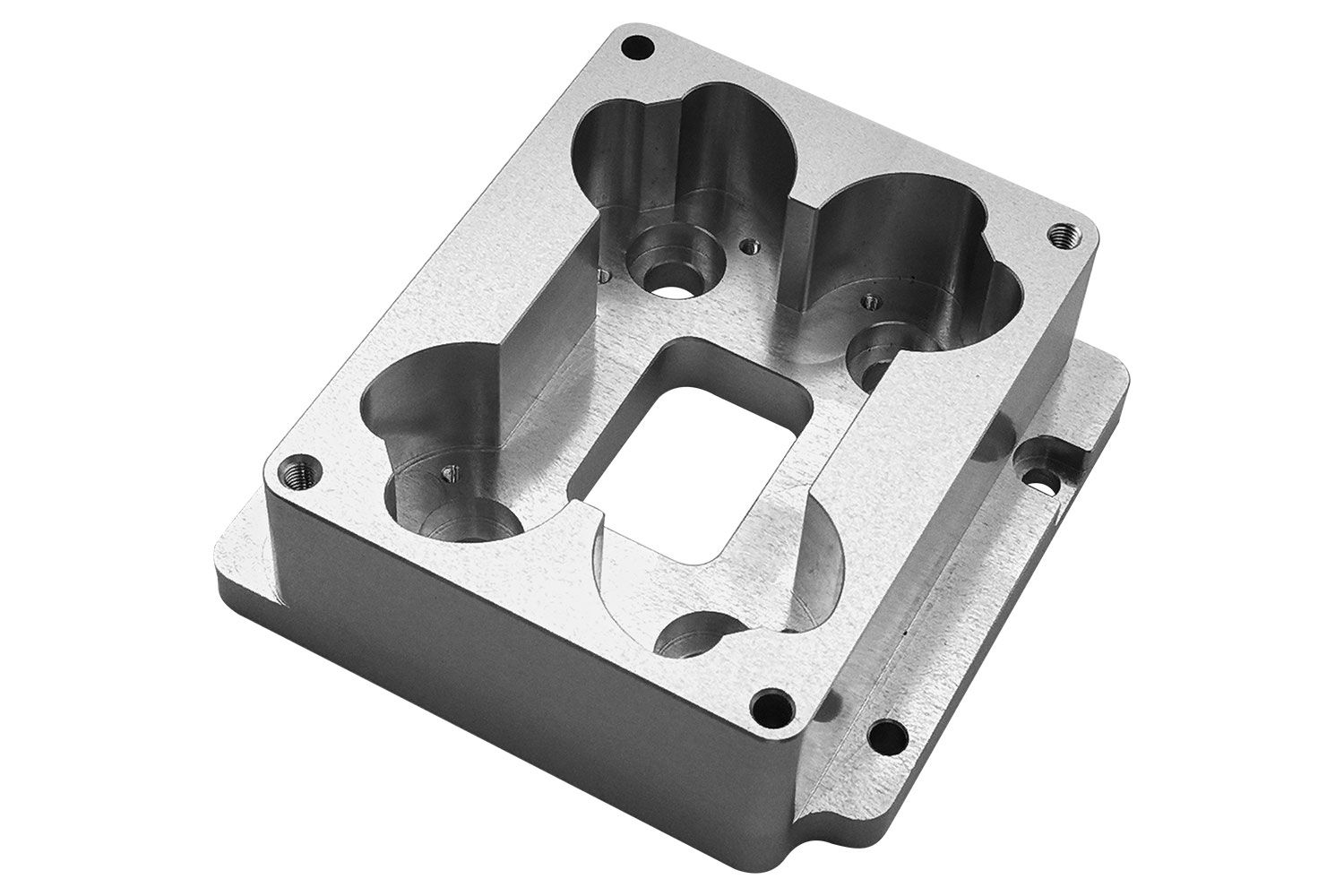Time to read: 6 min

CNC routing, a Computer Numerical Control (CNC) process, is an essential technique in modern manufacturing for shaping materials with exacting precision. Utilizing a router bit that moves across the workpiece, CNC routing excels in cutting, drilling, and engraving operations, particularly suitable for thin and large workpieces.
Understanding CNC Routing
CNC routing is distinguished by its use of a router with a rotating bit that follows pre-determined tool paths based on G-code instructions. This method is ideal for materials that require rapid material removal and detailed shaping.
How CNC Routing Machines Operate
CNC routing machines consist of a bed table for material holding and a spindle for the CNC router bit. The process involves G-code interpretation, machine setting, zero-positioning, machining, monitoring, surface finishing, and quality control.
Main Components of a CNC Router
- Frame and Gantry: Provide stability and support for the machine.
- Table or Bed: Securely holds workpieces for machining.
- Spindle: Supplies cutting force and holds cutting tools.
- Cutting Tools: Vary for different machining needs.
- Axis Motors: Control precise movement along multiple axes.
- CNC Controller: Manages the machine's electronic operations.
Common Types of CNC Routers
- Industrial Routers: Designed for heavy-duty manufacturing.
- Desktop Routers: Compact and suitable for small-scale operations.
- Multi-Axis CNC Routers: Capable of complex machining with increased axis movement.
Benefits and Limitations of CNC Routing
- Benefits: High precision, large workpiece capacity, automatic tool change, excellent repeatability, and cost-effectiveness.
- Limitations: Inability to machine hard materials, limited by CNC bed size, and potential noise generation.
Materials for CNC Routing
CNC routing is compatible with a diverse range of materials, including woods, acrylics, HDPE, polycarbonate, ABS, PVC, aluminum alloys, brass, copper, and steel.
Applications of CNC Router Parts
CNC routing finds applications in woodworking, metal shaping, signage, mold making, and rapid prototyping in industries such as automotive, aerospace, and marine.
CNC Routing vs. Milling
CNC routing differs from milling in aspects such as working principles, rigidity, speed, material capabilities, cutting force, precision, complexity, tooling options, and cost.
Starting CNC Routing
To begin CNC routing, one must have a 3D model and follow a sequence of steps including machine activation, bit selection, workpiece placement, coordinate setting, program execution, and process monitoring.
Router Bits Selection
Selecting the appropriate router bits is crucial for specific routing tasks, with compatibility depending on the material and desired outcome.




